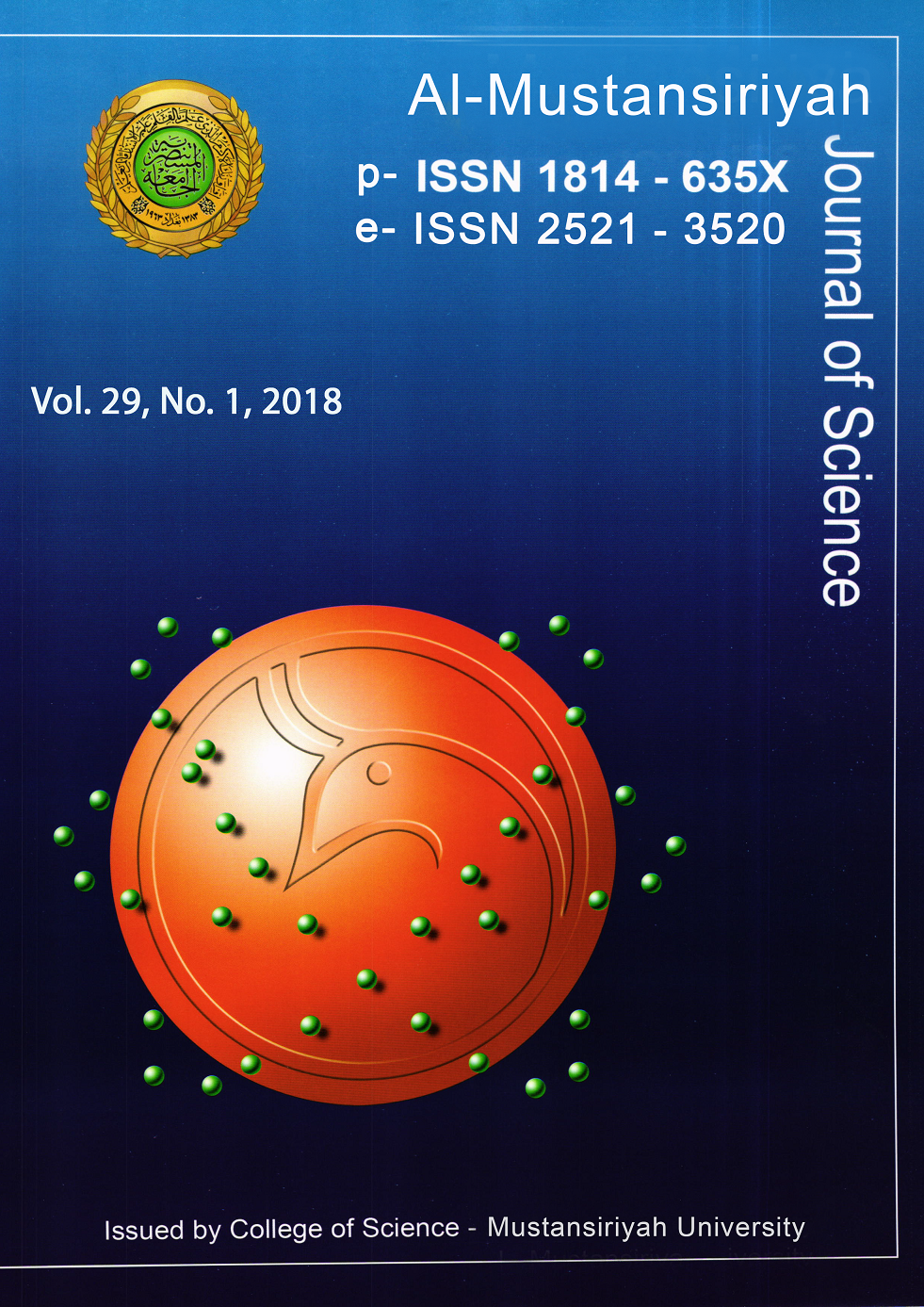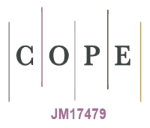Thermodynamic and Kinetic Studies of Tiopronin Gold Nanoparticles Binding With Extracted DNA of Rheumatoid Arthritis
DOI:
https://doi.org/10.23851/mjs.v28i3.179Keywords:
DNA, Tiopronin, gold nanoparticles, SEM, and EDXAbstract
Nanomaterial can interact with biological systems in different way, using their surface functionalities and depending on the particle size, shape, and aggregation .The present work aims to characterize the binding of tiopronin gold nanoparticles with extracted DNA from blood patients with rheumatoid arthritis kinetically and thermodynamically. A total of 19 patients with rheumatoid arthritis attending Baghdad Teaching Hospital / Medical City were included in this study. Tiopronin monolayer-protected gold nanoparticles) were prepared by chemical methods and a partial purification of DNA extracted was preceded using negative ions exchange column chromatography. Characterization of Tio Au NPs binding with DNA was investigated by using TEM,SEM,FTIR,EDX and UV-VIS. techniques.The results indicated that the average size of Tio Au NPs was 48 nm.,and there is a different binding affinity of DNA to tiopronin gold nanoparticles depending on pH. Also the melting temperature of DNA was decreased 5C0 when binding with tiopronin gold nanoparticles. Thermodynamic studies indicated that the reaction was endothermic, less order, and non spontaneous.Downloads
Download data is not yet available.
Downloads
Key Dates
Published
31-10-2018
Issue
Section
Original Article
License
(Starting May 5, 2024) Authors retain copyright and grant the journal right of first publication with the work simultaneously licensed under a Creative Commons Attribution (CC-BY) 4.0 License that allows others to share the work with an acknowledgement of the work’s authorship and initial publication in this journal.
How to Cite
[1]
S. A. AbdulSattar, N. Rashid, and D. Hussain, “Thermodynamic and Kinetic Studies of Tiopronin Gold Nanoparticles Binding With Extracted DNA of Rheumatoid Arthritis”, Al-Mustansiriyah J. Sci., vol. 29, no. 1, pp. 97–106, Oct. 2018, doi: 10.23851/mjs.v28i3.179.






















